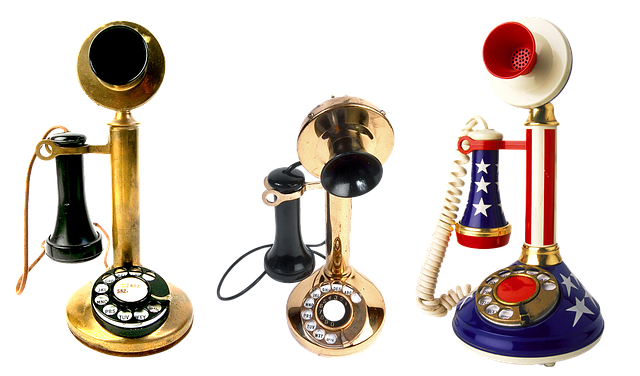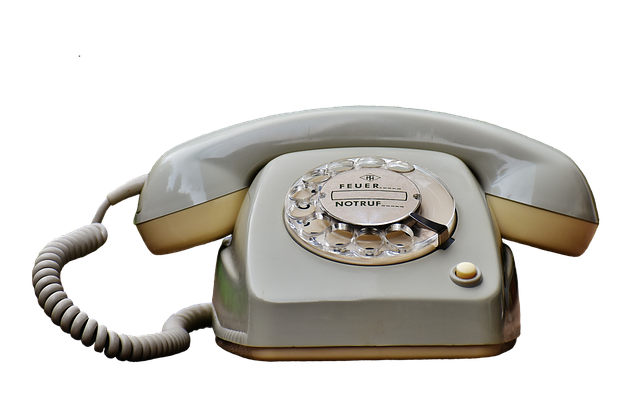The era of long-distance telecommunications began after 1840, when telegrams were sent by wire and cable . After the telegraph came the telephone, which transmitted the human voice as sound waves. Wirelessopened the wireless link,microelectronicsmade portable devices possible. 31]The advent of modemsmade computers and other digital devices to telephone lines. . While the new technology has reduced costs and increased the amount of information transmitted, the thirst for ever-wider connection coverage and quality has grown almost exponentially.
Alexander Graham Bell (1847-1922) was born in Scotland, moved to Canada for health reasons, and later to the United States. Most of his research was conducted at Boston University, where he was a professor of speech physiology, teaching especially deaf students.
Heworked with Thomas Watson on the development of a telephone device, and hisfirst words were sent over the wire: “Mr. Watson, come here.In 1876,he patented his invention,and in 1877 he founded the Bell Telephone Company to promote his invention, but was less successful as an entrepreneur.
The first telephones had a cranked generator, which generated electricity to power the device. The rotary dial appeared in 1896. Until then, people had to ask the dial operator for a connection. The telephone exchange had a switchboard operator who connected calls by plugging wires into the appropriate sockets. Today,telephone exchanges are automated. Modern telephones have voice buttons. Each button generates its own tones, and the telephone exchange can recognize these tones.
Mobile phonesbegan to become popular in the 1980s. The first handsets were about the same size as a brick, but they became smaller over time. Cell phones transmit signals wirelessly using microwaves. The signal is picked up by a special antenna and sent to a switchboard. The signal is relayed by antennas and fiber-optic cables to a switchboard connected to the terrestrial network.